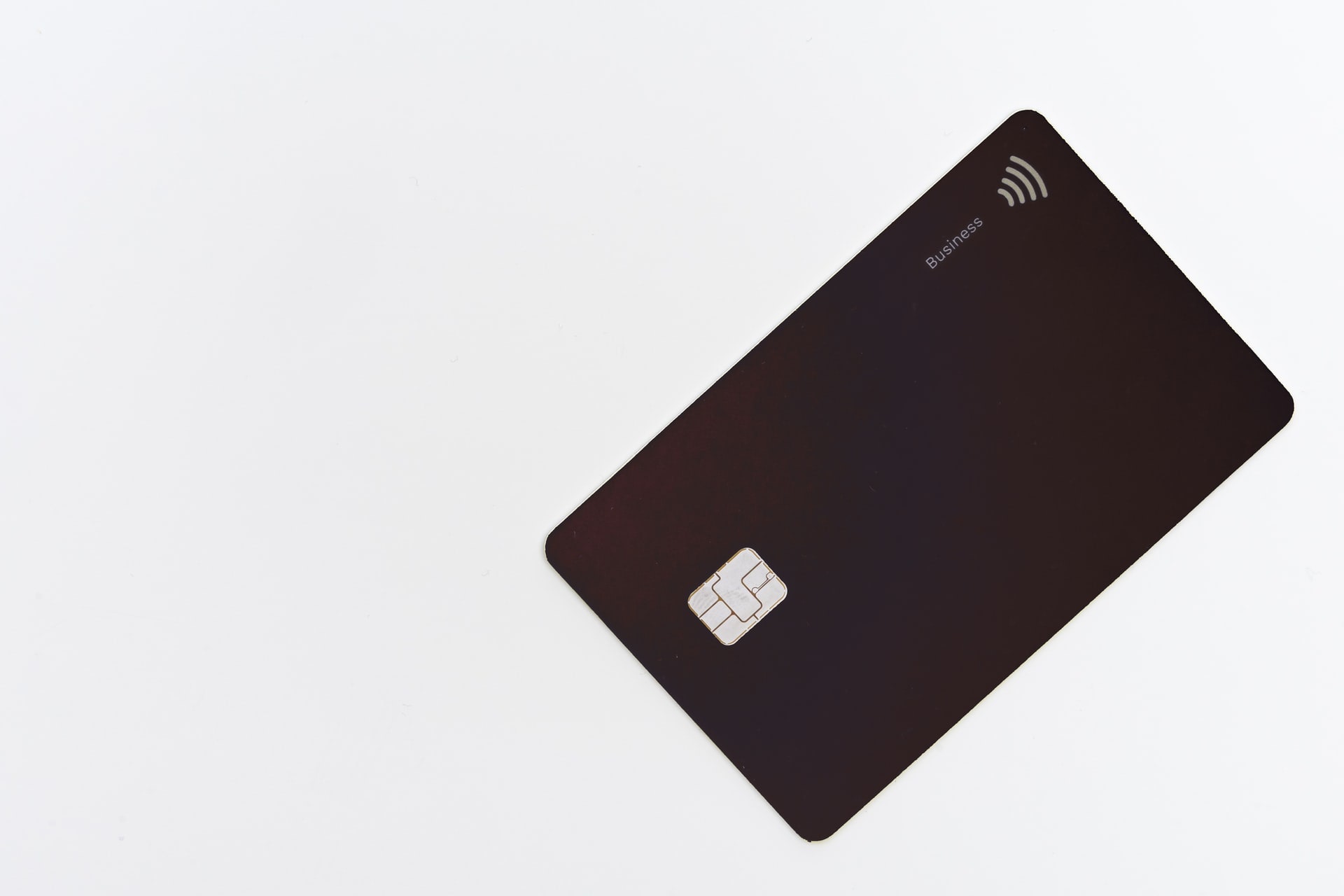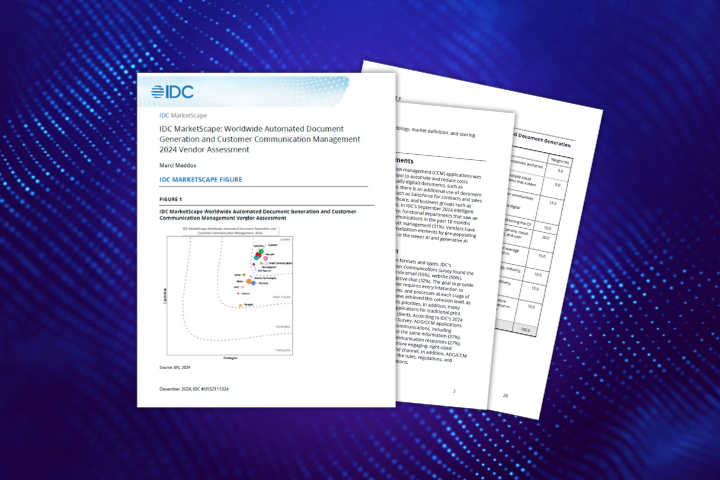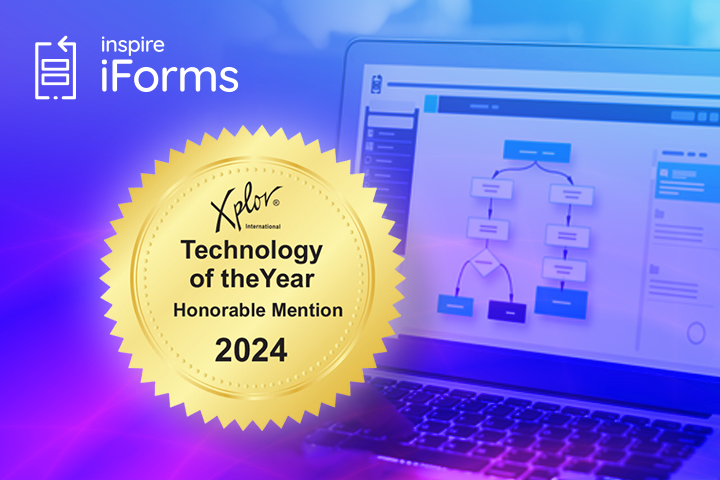
"A sale is a gift until it's paid for." - Anonymous
Sales are essential to growing a business, but they don't mean much if your invoices never get paid. Ensuring timely payment is the most critical process within the sales cycle.
There are several steps that need to be successfully executed before an invoice can be satisfied. The sales team helps generate the transaction. Operations and fulfilment teams execute the order. The accounts receivable team ensures invoices are issued, supplying an accurate account of what has been sold along with clear expectations regarding payment. And finally, customers must be provided with a payment method.
It used to be that these steps were all you had to worry about when managing the payment experience, but times and expectations have changed. Customers now demand a modern, multifaceted approach that caters to their needs and preferences.
But what exactly does that look like?
The last few years have seen a massive transition to remote and hybrid work arrangements. 53% of employees now work a hybrid schedule, and 27% work exclusively remote. This has drastically impacted the accounts receivable experience.
It's more important than ever to offer your customers multiple avenues for payments so they're able to satisfy invoices regardless of circumstance. In our personal lives, we're provided multiple payment options, spanning credit card, PayPal, Google, Apple etc. We don't think twice about it and are conditioned to this convenience. The global pivot to remote work has accelerated the need for companies to provide this in accounts receivable.
Customers want and expect these four things in the payment experience:
- Convenience - the ability to pay from anywhere at any time
- Multiple payment options - they want flexibility and don't want to have to pay the same way every time
- Security - they need to be assured that their data is protected and secure
Let's look at how the traditional payment methods in accounts receivable stack up against these expectations and provide our Quadient AR score out of 10 for each.
The check payment method
This is a long way from a perfect payment experience. However, 40% of companies still use paper checks so it's worth talking about. Let's evaluate this option:
- Checks typically clear 5-10 business days from when they are mailed, meaning they are slow.
- Mail can go missing and if checks are mailed to a physical location, they run the risk of sitting on someone's desk or being lost in the internal system.
- Checks are typically not mailed with the remittance information so cash application can be slow as teams need to hunt down the correct allocation for cash.
- Check payments carry a high risk of fraud. Mailed checks can be intercepted and if this happens, thieves can access all of your banking details.
This may be a tough pill to swallow if you predominantly use check payments, but it's important to know the facts.
The Quadient AR score for this payment method is 2/10.
The wire payment method
These are fairly rare, and it's easy to see why.
- Wire payments are very expensive, typically costing $25 or more per transaction, and up to $50 for international wires. Some companies choose to push that expense onto the receipt which hits margins.
- They are often chosen because they're the fastest option (typically processing in real-time), but they should only be used in critical situations, such as a company reaching its credit limit or when products or services are being withheld.
- Unfortunately, they can be an attractive target for hackers so payment should never be sent via wire without verifying the payment instructions. Also, in some instances, wires can be reversed. This is rare but a customer could possibly wire you funds and then reverse it once the goods have been received.
Within the United States, wire transfers typically take 24 hours to process.
The Quadient AR score for this payment method is 4/10.
The ACH payment method
These are leveraged by companies more often as they are cheap to process, but they come with their own unique challenges.
- ACH payments typically take 3-5 days to clear, so they are slightly faster than checks, but slower than wire payments.
- They often still need intervention from an accounts payable department as most companies gather all invoices that are due and put them through an approval process to release payment.
- Remittance details can be ambiguous as banks typically do not allow a lot of characters for payment explanation. This means remittances are often sent to a separate location such as an email box and then must be married together before cash application can occur.
The Quadient AR score for this payment method is 5/10.
The digital wallet payment method
Digital wallets allow payment to be made through digital devices. A few common examples include Venmo, PayPal, Google Pay, and others.
Using this method, funds are transferred from one account to another without directly touching the banking account. Benefits of this method include:
- The ability to notate transactions
- Tracking capabilities
- Mobile access
These payments are processed almost instantly, making them one of the fastest payment methods available.
That said, there are several disadvantages. Chief among these is the potential for technical issues, like software bugs or network failures. They also have limited acceptance, and are susceptible to threats from hackers and cybercriminals.
The Quadient AR score for this payment method is 7/10.
The credit card payment method
This is one of the most convenient payment options, but it does come with a price (fees)! However, there are ways to mitigate these (see below).
- Payment happens immediately with bank settlement typically occurring within 24 hours.
- Customers often get benefits from using P Cards (procurement cards) which motivates them to use them.
- Credit cards give customers an extra 30-60 days to pay which is attractive for customers who are cash flow poor or just astute with their payables process.
- Mitigating fees is possible through leveraging the following methods:
- Limit the dollar amount to smaller transactions on a daily or invoice level cadence.
- Limit when a customer can pay with a credit card – such as only if it's being paid early.
- Limit who can pay with a credit card.
- Insist all orders under a certain dollar value be automatically charged to a card.
- Require auto payment on credit cards (invoice issue date or due date) so payment is on time – this ensures reduced DSO and improved cash flow.
- And reconciliation is typically easy and effortless since the invoice closes immediately. This means there is far less time investment required from your team.
The Quadient AR score for it is 8/10.
The virtual credit card payment method
Virtual credit cards (VCC) are quickly becoming one of the most popular methods for making B2B payments. They offer three primary benefits.
- Fraud mitigation – Through unique, single-use card numbers, limits associated with each transaction which are only valid for a set time, and limited issuance.
- Accounting workflow integration – VCCs can be fully integrated into accounting workflows, allowing for payments to be approved and released within AP software. This reduces processing costs, improves efficiency, and boosts internal controls.
- Cash-back rebate opportunities – VCC users are eligible for monthly cash-back rewards based on spending, similar to the others provided with many standard credit cards.
Using a VCC, payments will typically process the same day or the next business day.
While the drawbacks are minor, there are a few potential problems that a company could run into using VCCs. Because of their temporary nature, they are not ideal for setting up recurring payments. If your VCC is tied to a laptop extension, you may not be able to use it through a mobile device.
The Quadient AR score for this method is 9/10.
You will have realized that none of these payment methods hit the perfect 10/10 score. Let's reflect on the four key elements of the payment experience which today's customers expect. These are convenience, speed, assurance of security, and multiple payment options.
There is only one payment method that ticks all of these boxes.
A SELF-SERVICE PAYMENT PORTAL - THE PERFECT 10
A self-service portal enables you to offer all of the above payment options (apart from check, which is a benefit in itself!) so the customer can decide what works best for them.
Today, organizations must look beyond providing a single payment method. Every organization is different and every payer has expectations that their experience should be simple, secure, fast, and flexible. A self-service portal is the only solution that enables you to provide customers with exactly what they expect and need.
Let's run through the transformational benefits this option provides:
- You have the option to offer your customers automatic payments. They can trigger based on invoice creation, date or due date, and the customer can just set it and forget it.
- You can provide instalment options. If a customer is paying down a large balance, they can do that over time.
- You can offer on account payment so it can be used for cash on delivery, as well as customers who have excess budget and would like to apply the funds to future invoices.
- You can allow partial payments for instances where there might be an invoice dispute.
- You can offer multiple payment sources so a customer is able to have more than one credit card or account on file.
- A payment portal is PCI and GDPR compliant, meaning all data is encrypted and safe.
- It is available 24/7 so your customers can settle invoices on their own time. This mirrors the experience that we have in our own lives and eliminates the reasons for customers not paying you.
- It is easily accessible. There is no need for logins and passwords that can become difficult to remember.
- And it assigns payments to specific invoices so they flow right back into your ERP and no cash application intervention is needed.
It's more than a solution for your customers. It's transformative for your business.
So, if you want to...
- Increase customer payment speed
- Eliminate manual work
- And provide an outstanding internal and external accounts receivable experience
Then maybe it's time to discuss how we can help you perfect the AR payment experience?
If you want more guidance on this subject, feel free to download our recent webinar in the "How to Master AR Series" - Perfect the AR Payment Experience or explore modern invoicing solutions.








